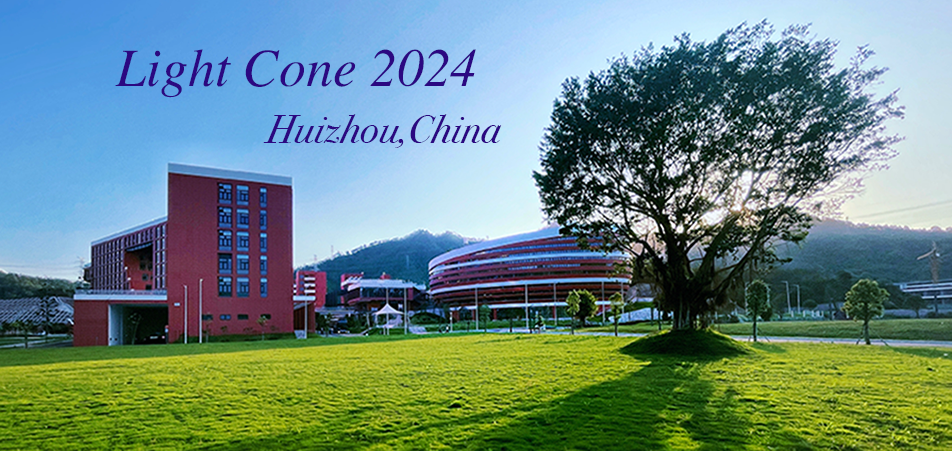Speaker
Description
We present the description of light-nuclei, in valence approximation, within a rigorous Light-Front (LF) approach. The latter, fulfills Poincaré covariance, macroscopic locality,number of particles and momentum sum rules. We applied the analysis to electron deep inelastic scattering (DIS) on He3, H3 and He4 targets, in the Bjorken limit. For details about the 3He case, see Ref. [1]. Within the present framework, the main theoretical ingredient is the LF nuclear spectral function which can be related to the nuclear momentum distribution. The latter quantity has been calculated within the phenomenological Av18 + UIX potential and the chiral potentials called NVIa +3N and NVIb +3N. The evaluated momentum distribution has been used to calculate the structure functions of the considered nuclei. As discussed in Ref. [1], also for 3H 4He and 3H, our analysis predicts a sizable European Muon Collaboration (EMC) effect [2]. Let us remark that, in the valence region, results are rather independent with respect to the use of different parametrizations of the nucleon DIS structure functions and the nuclear potentials. This investigation represents the first realistic calculations of the EMC effect, for different targets, which fulfills Poincaré covariance and thus preserving all the fundamental sum rules. Therefore, this a relevant study also in view of the present and future experimental scenarios.
We present also the calculation of the spin-dependent spectral function for the 3He [3], which parametrize the hadronic tensor in polarized DIS with the same approach applied for the unpolarized DIS in ref. [1] and [2]. This analysis is relevant for experiments involving polarized beams planned at future facilities such as electron ion colliders

